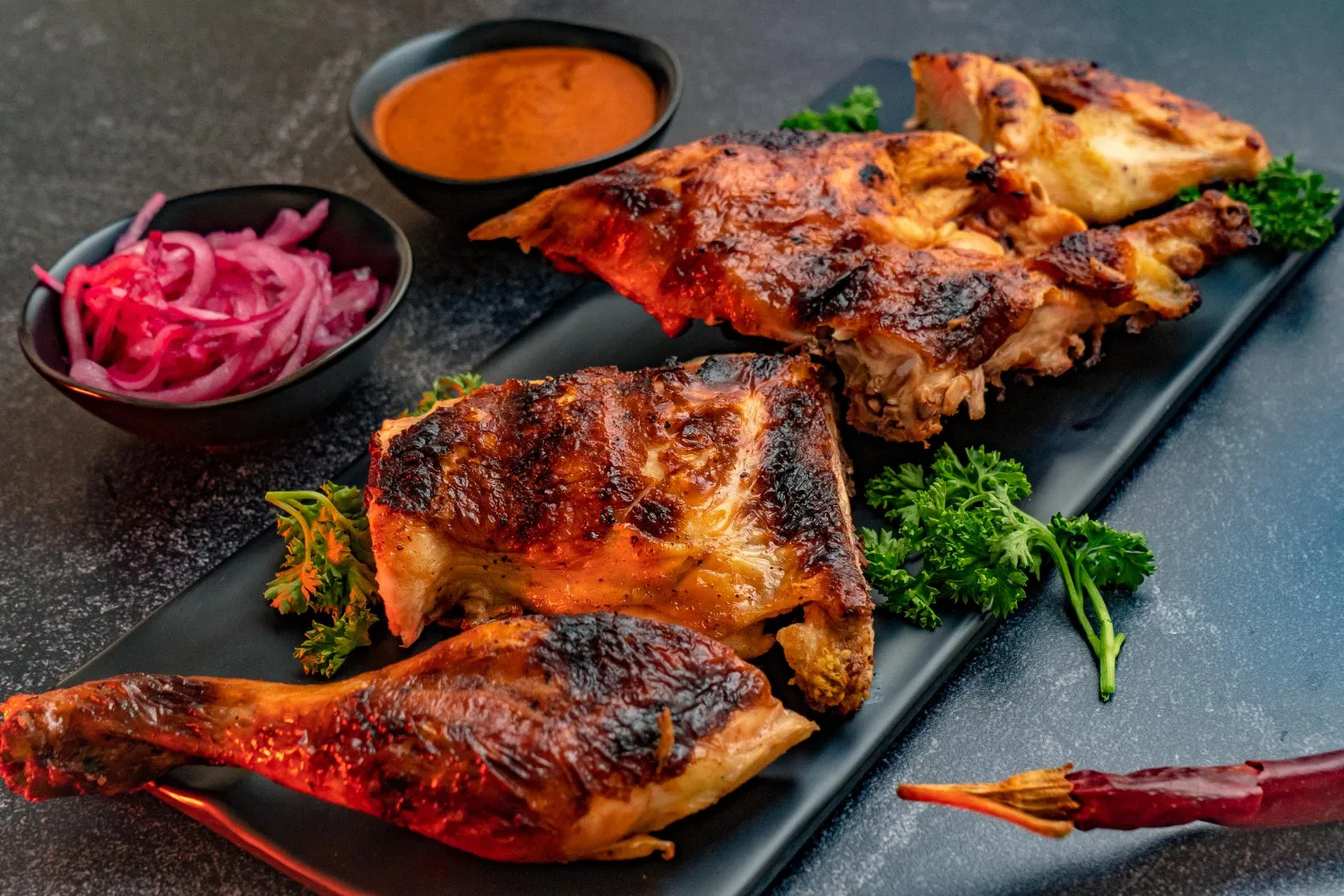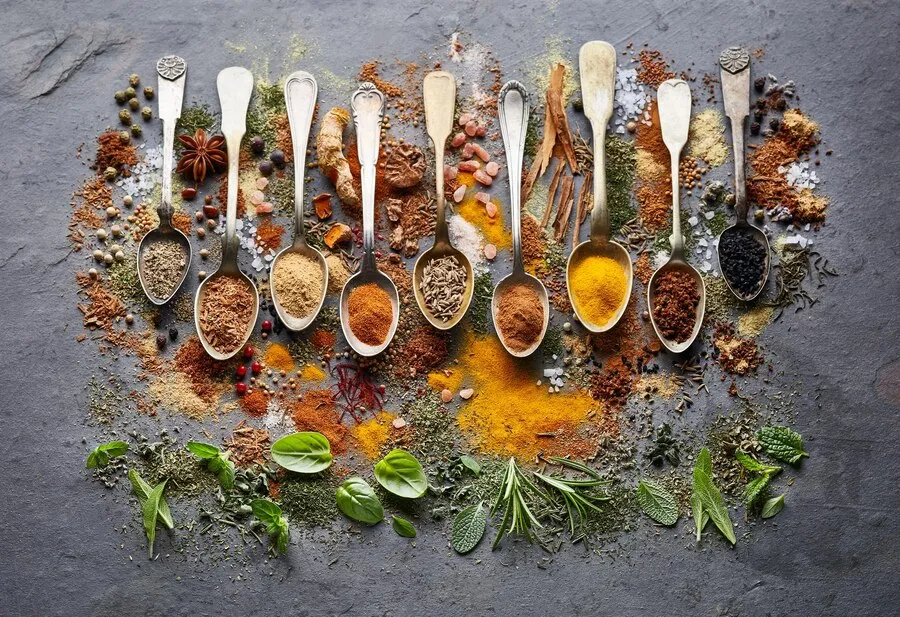Table of Contents
What makes tandoori chicken so red and flavorful? This post explores the 12 reasons, from key spices to marinating tricks. It also includes easy homemade recipes to achieve authentic red tandoori chicken without a specialty oven.
Tandoori chicken is a bright red dish synonymous with Indian cuisine around the world. The juicy chicken pieces marinated in yogurt and spices are roasted in a super-hot tandoor oven, which gives them their iconic fiery red hue. But what exactly makes tandoori chicken so vibrantly red?
There are several reasons why this popular Indian dish takes on such a rich, deep red tone. Understanding the science behind it helps us appreciate why it looks so appetizing. Here are 12 key factors of Why Tandoori Chicken is So Red:
Paprika Powder
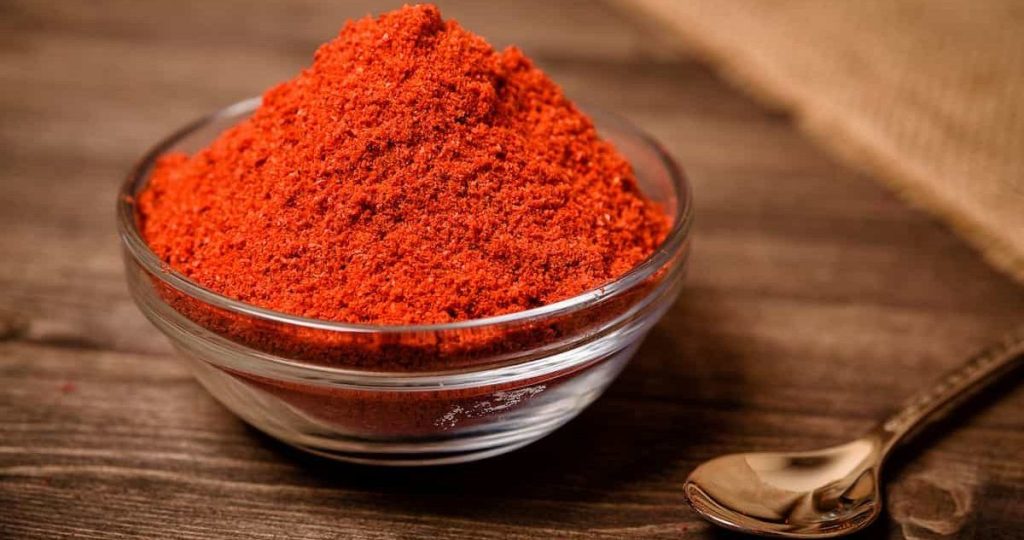
Paprika is a ground spice made from dried red peppers. It is an essential ingredient added to tandoori chicken marinades for its vibrant red-orange color and mild, sweet pepper flavor. As the chicken cooks, the paprika smoothly coats the outside and seeps in to tint the flesh red. The higher the quality of paprika, the deeper the redness it imparts.
Cayenne or Red Chili Powder
Another quintessential tandoori chicken ingredient is cayenne chili powder, a blend of ground red chili peppers. This spice mix brings the signature heat but also instills a natural red coloring to the dish. Chili extracts contain carotenoid pigments like capsanthin and capsorubin, which provide red hues.
Kashmiri Red Chili Powder
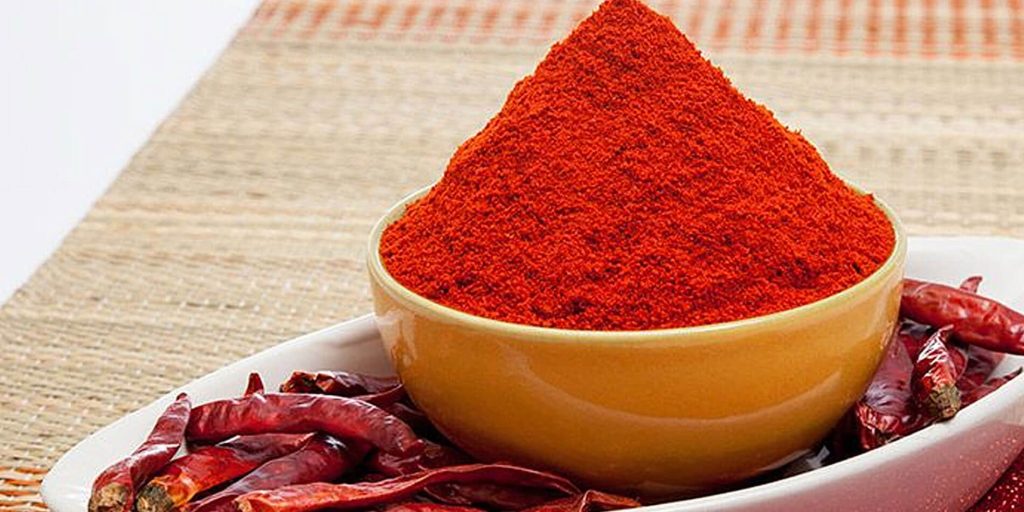
Many tandoori recipes favor Kashmiri red chili powder for a deeper scarlet color and milder spiciness than cayenne. Kashmiri powder uses a unique local chili variety that is sun-dried instead of heat-dried, retaining its red pigment better. This enhances the crimson tones.
Tandoor Oven’s High Heat
The signature tandoor oven’s extremely high heat, up to 480°C, causes complex chemical reactions that intensify the redness of the spices. Carotenoids and capsaicinoids become more concentrated, taking on that quintessential tandoori red better at high temperatures.
Marinating Time
Marinating the chicken for several hours or overnight allows the yogurt, spices, and color pigments to penetrate deeply into the meat. Compared to quick 30-minute marinades, this extends the redness well below the surface. Longer marinating produces redder results.
Red Food Dyes
Some recipes use artificial red food coloring as an additive to create an even richer crimson tint. While not traditional, small amounts of red dye produce a more vivid, uniform color. But natural pigments alone can achieve excellent red tones.
Smoking from Charcoal
Tandoors traditionally burn charcoal or wood, which is used to smoke chickens while cooking. This smoky effect darkened the red marinade while caramelizing sugars and proteins, boosting the browned, red hues in the finished dish.
Tandoori Paste as Marinade
Many chefs opt for a readymade tandoori masala paste instead of a yogurt marinade. These pastes contain concentrated red pigments like annatto seed powder, red chili extracts, and paprika oleoresin for extra vibrant coloring.
Boiling Red Onion Skins
A unique trick involves boiling red onion skins in water, and then using the red-tinted water in the marinade. Natural anthocyanin pigments from the onion skin easily transfer into the chicken giving a boost of redness.
Blanching Before Marinating
Some recipes par-boil or blanch the chicken briefly before marinating. Blanching slightly opens pores in the meat, allowing the red pigments to penetrate deeper when marinated after this pre-cooking.
Serving with Onions
Garnishing tandoori chicken with sauteed red onions enhances its red appearance through visual association. Diced red onions sprinkled on top remind the eyes and brain of the dish’s red tones.
Psychology of Red Color
Research shows that red evokes emotions of excitement, intensity, and appetite. We psychologically associate red meat with freshness and appetizing qualities, so red tandoori simply looks more appealing.
So in summary, while the red spices play a significant role, the high-heat cooking, smoking, marinating, and several other factors maximize the vivid scarlet tones that make tandoori chicken so visually stunning. Understanding the science behind it lets us appreciate this crowd-pleasing dish even more.
Common Marinade Ingredients for Tandoori Chicken
A flavorful marinade is key to tasty, well-colored tandoori chicken. Here are some standard ingredients used:
Yogurt
Plain yogurt, which contains lactic acid, helps tenderize and marinate the chicken. Its creamy base also carries other spice colors.
Read also: Foo Fighters in El Paso
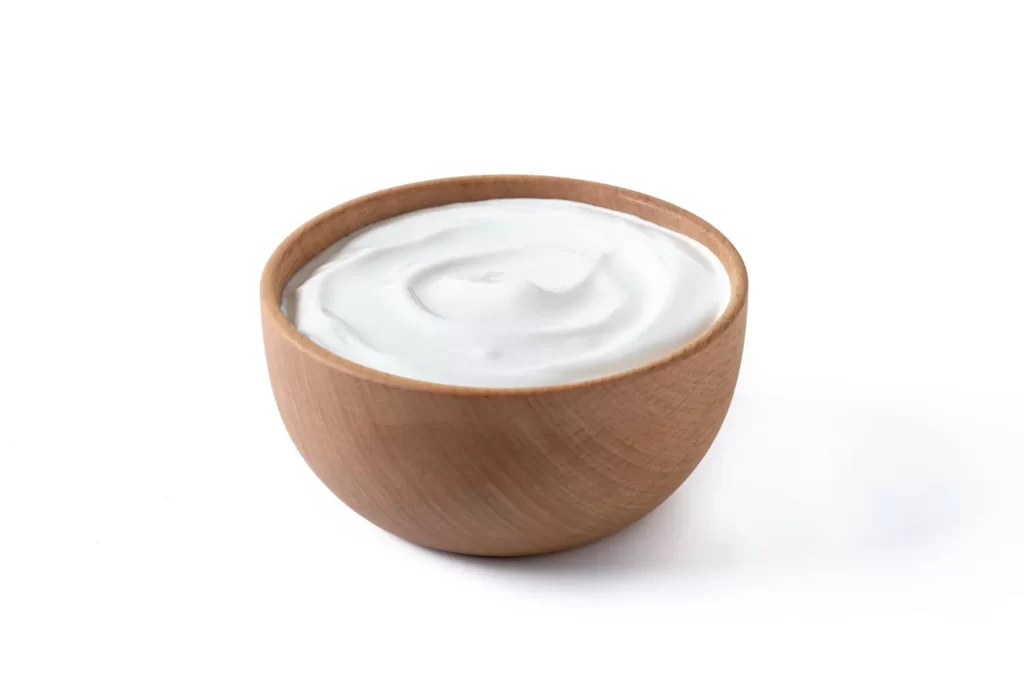
Ginger and Garlic
Minced or pasted ginger and garlic add zingy flavor and aroma. Garlic contains allicin which boosts red pigmentation.
Spice Blends
Tandoori chicken, garam, and chaat masala give complex flavors and contain red chilies, paprika, and tomatoes.
Oil or Ghee
Oil like canola or ghee helps the marinade coat the chicken smoothly and carry the pigments.
Citrus Juice
Lemon or lime juice helps break down fibers for tenderness while aiding marination. Acids protect against pigment loss.
Salt
Salt seasons the chicken but also draws out moisture to aid the marinade absorption and colors.
Food Coloring
As mentioned, some recipes use red food dye for more vibrant, consistent red tones.
Tandoori Chicken Marinating Tips
Follow these tips for maximizing color and flavor when marinating tandoori chicken:
- Slash chicken pieces 3-4 times to expose more area for marinade absorption.
- Use full-fat yogurt ideally – the fat helps carry pigments into the meat.
- Add marinade ingredients in stages, starting with wetter items like yogurt.
- Massage marinade thoroughly into the chicken; don’t just coat the surface.
- Seal chicken with marinade in a plastic bag or container to contain mess.
- Refrigerate for at least 4 hours, but ideally overnight for perfect color penetration.
- Turn the bag or rotate the container periodically to distribute the marinade evenly.
- Remove chicken from the fridge 30 mins before cooking so it’s not ice cold when entering the tandoor.
How Long to Cook Tandoori Chicken?
Cooking time depends on the size of the chicken pieces, the tandoor temperature, and desired doneness:
- Boneless tandoori chicken breasts or fillets take 10-15 mins.
- Bone-in chicken legs, thighs, or wings take 18-22 mins.
- Smaller boneless chicken chunks or strips take just 8-12 mins.
- Whole baby chickens or cornish hens take 25-35 mins.
- Test larger pieces with a meat thermometer for 165°F minimum.
- Let rest 5 minutes before serving for juices to redistribute.
- Char or black spots are normal – show high heat from the tandoor.
Aim to cook until the chicken is fully opaque, the juices run clear, and it reaches a safe eating temperature. With ideal marinating, the vivid red hue should remain.
6 Ways to Get Tandoori Color Without a Tandoor Oven
The lack of a specialized super-hot tandoor oven needn’t stop you from making fantastic tandoori chicken at home. You can mimic the red color and smoky flavors using the following standard methods:
1. Oven Broiling
Crank your home oven to the highest broil setting. Place chicken 6 inches under the heating element to mimic the tandoor’s overhead high heat.
2. Grill or Barbeque
Grilling chicken pieces directly over charcoal or a gas grill on high will produce similar charring and smokiness. Add wood chips for extra smoke.
3. Cast Iron Skillet
In a scorching hot cast iron pan, cook chicken pieces in batches. The heavy pan retains heat for good searing.
4. Roast on Wire Rack
Elevate chicken on a wire rack over a foil-lined baking sheet. Roast at 450°F, basting with ghee or oil for even browning.
5. Smoke Gun
After oven roasting, use a handheld smoke gun device to infuse smoky BBQ flavors. Cold smoke doesn’t cook chicken further.
6. Liquid Smoke
Stir a few drops of natural hickory or mesquite liquid smoke into a marinade for an authentically smoky taste.
With the proper high-heat roasting method and well-balanced marinade, you can achieve delicious tandoori-style chicken with gorgeous red coloration at home. It’s perfect for Indian food enthusiasts without specialty equipment.
Make Your Tandoori Chicken Recipe Redder
Follow these handy tips for boosting the redness of your tandoori chicken recipe:
- Use paprika, chili powder, and tandoori paste generously in marinade.
- Opt for longer overnight marinating time for maximum color penetration.
- Add a pinch of red food coloring to yogurt marinade for more vivid tones.
- Smoke chicken after roasting using a smoking gun for darker red hues.
- Garnish with extra paprika, chili powder, or sprinkle of cayenne before serving.
- Roast under a broiler or on a BBQ at very high heat for caramelization.
- For natural redness, use tomatoes, red bell peppers, or beet puree in the marinade.
- Finish with a squirt of lime juice to protect red pigments on the surface.
- Place a couple of red onion slices under the chicken while it roasts or grills.
- Ensure the chicken is at room temperature before cooking so the color cooks better.
- Avoid overcooking chicken, which can make it look greyer than red.
- With the right prep and cooking methods, you can achieve brilliant ruby-hued tandoori chicken to please any crowd!
- Common Tandoori Chicken Marinade Recipes
- Here are 3 classic and easy tandoori chicken marinades you can try:
- Simple Yogurt Marinade:
- 1 cup plain yogurt
- 2 tbsp each garlic paste, ginger paste
- 2 tsp Kashmiri red chili powder
- 1 tbsp paprika powder
- 1 tsp garam masala
- Juice of 1 lime, salt to taste
- Spicy Tandoori Masala Marinade:
- 1 cup thick plain yogurt
- 3 tbsp tandoori chicken masala
- 1 tbsp each lemon juice, vegetable oil
- 2 tsp each garlic paste, ginger paste
- 1 tsp cayenne pepper
- 1/2 tsp chaat masala
- Tandoori Paste Marinade:
- 1 cup Greek yogurt
- 3 tbsp tandoori paste
- 1 tbsp ghee
- 1 tsp each garlic powder, onion powder
- 1/2 tsp salt
- 2 lemon wedges
- Mix the ingredients thoroughly and marinate the chicken for 4-12 hours—roast in a heat oven or grill until cooked through and beautifully red.
- Tandoori Chicken Barbecue Party Tips
- Hosting a tandoori chicken barbecue party? Follow these handy tips:
- Marinate chicken in batches the day before so it’s ready to grill and serve.
- If using bamboo or wooden skewers, soak them beforehand to avoid burning.
- Parboil cubed veggies like peppers, onions, and pineapple for kebabs and chicken.
- Grill vegetables, chicken, shrimp, and paneer separately for the most straightforward handling.
- Have multiple sheets of foil ready layered over baking pans to quickly move food from the grill.
- Use long cooking tongs and oven mitts to handle hot tandoori chicken off the grill safely.
- Serve with cupcake liners for mess-free eating, rice, cucumber raita, and grilled flatbreads.
- Garnish with lime wedges, cilantro, and diced red onions for added color.
- Keep marinated meats refrigerated until 30 minutes before grilling for food safety.
- For beverages, offer chilled Indian beers, lassis, margaritas, or mocktails.
- With flavorful, red-hot tandoori chicken sizzling on the barbecue, your guests will love this exotic yet easy summer bash menu!
- I hope this post gives you a deep understanding of all the factors that create that signature red color in delicious tandoori chicken. You can achieve wonderful results at home with the right marinade and high-heat roasting method. Let me know if you’d like any recipe specifics expanded on further.

